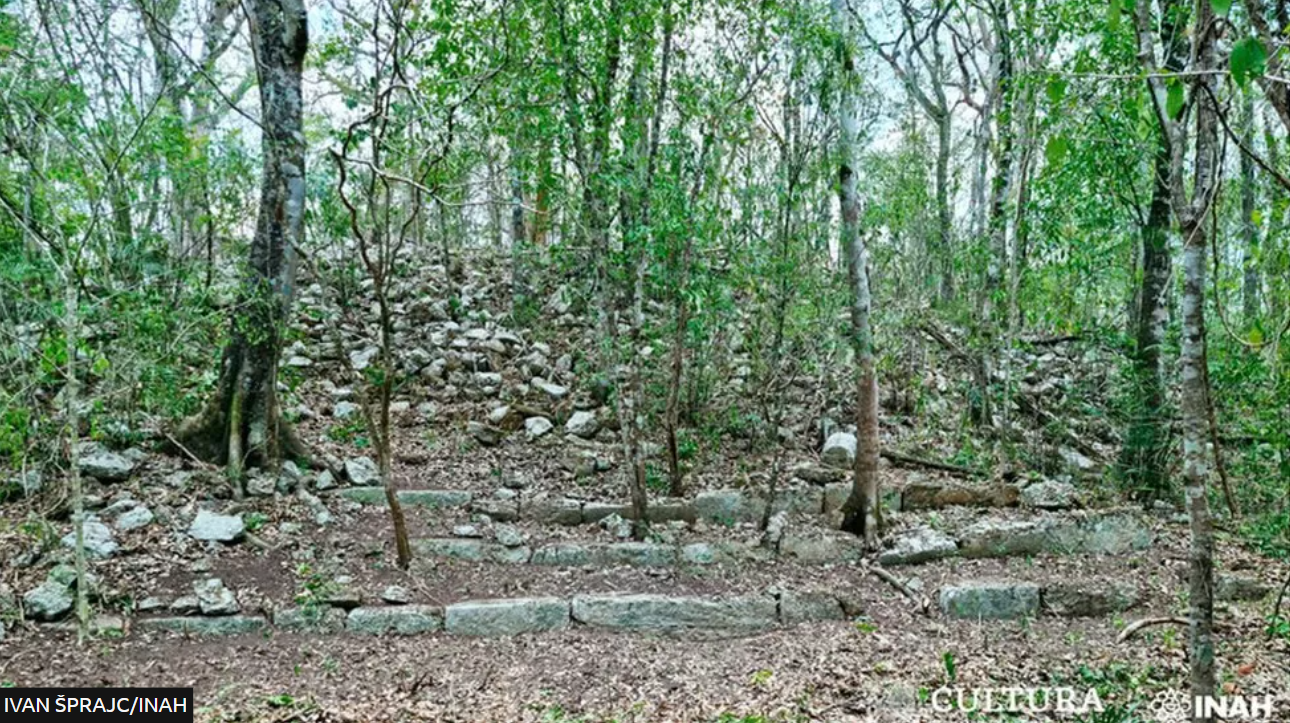Berieme klacky a ideme hledat ten bájny zlatý poklad Máju 
Kto se přidá ? děláme se fifty-fifty 
A Mayan city has been discovered among the jungle wetlands
Categories: Nálezy nejenom s detektorem kovů v USA, severní a jižní Americe
In the deep and impenetrable jungle of the Yucatán Peninsula in Mexico, the remains of a previously unknown Mayan city have been discovered thanks to lidar imaging. Archaeologists found pyramid-like structures measuring more than 15 metres in height, several plazas, buildings and many other objects.
Mexico's National Institute of Anthropology and History (INAH) said in a press statement that the discovery is the result of fieldwork work aimed at documenting the archaeology of the Central Maya Plain, a 3,000-square-kilometre area of uninhabited jungle. The search was conducted between March and June this year using airborne laser mapping technology. In collaboration with the University of Houston, it helped the research team uncover "numerous concentrations of pre-Hispanic structures".
Research team leader Ivan Šprajc said he was most surprised by the discovery of the elevated terrain surrounded by wetlands. It was on this upland that they found several large buildings, including a series of "pyramidal structures" over 15 metres high: "This site may have served as an important regional centre," Šprajc added in a statement issued by INAH, adding that the stone columns were probably entrances to rooms in the upper parts of the buildings. It was after them that archaeologists named the city Ocomtún - after the Mayan term for stone column.
The city had three squares with houses, columns and other buildings arranged in almost concentric circles. There was also a playground for the popular Mayan ball game Tlachtli. Based on the style of pottery discovered at the site, experts conclude that the site was most heavily occupied from about 600 to 800 AD. Closer to the La Riguena River, stone altars were discovered, perhaps used for community rituals.
The Mayan civilization is known for its pyramid temples and large stone buildings. Their mighty empire stretched across what is now southern Mexico, Guatemala and Belize. The latest find was made in an ecological reserve in the state of Campeche, an area so densely vegetated that it has been little explored until now.
The site was probably an important centre in the middle of the lowland peninsula between 250 and 1000 AD. According to experts, it probably underwent significant changes between 800 and 1000 AD before falling victim to the collapse of the Lowland Maya civilisation in the 10th century.
Roman Nemec
Sources: bbc.com, jutarnji.hr

Part of the building with engravings

Dr. Šprajc

Remains of a city in the jungle

Lidar image of the city

Remains of buildings

The town got its name from the stone pillars

Facade stone

Stone column
The article is included in categories:



